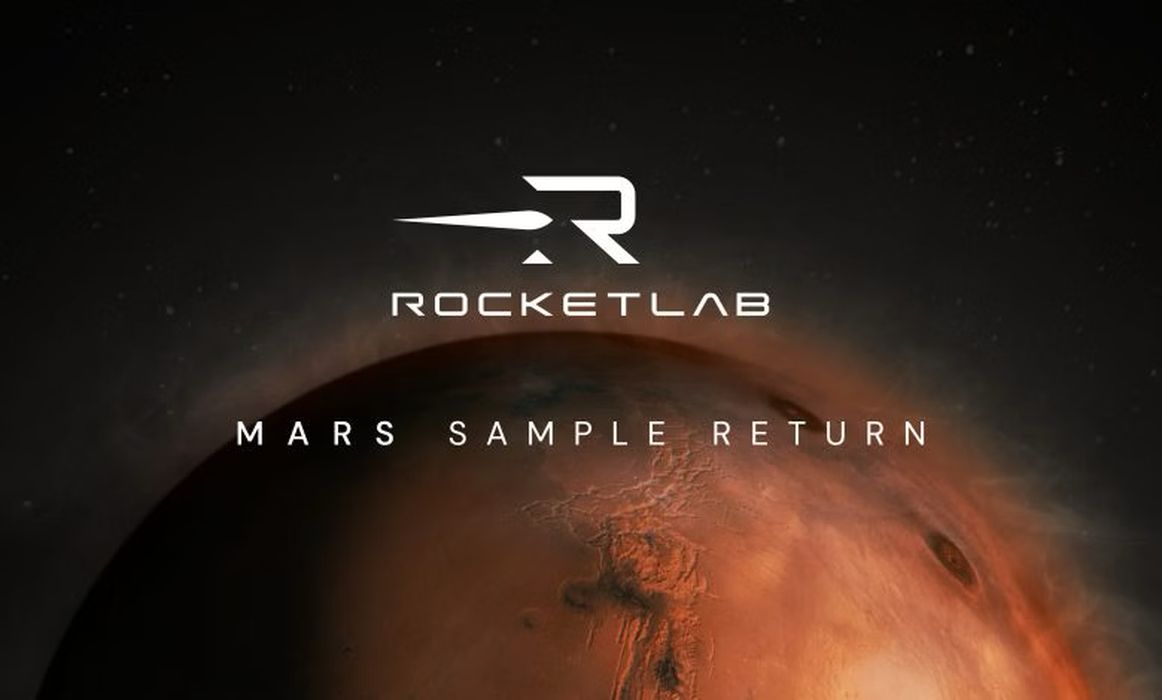
Using vertically integrated technologies as part of the Mars Sample Return Program.
Rocket Lab USA (Nasdaq: RKLB), a global leader in launch services and space systems, has been selected by NASA to complete a study for retrieving rock samples from the Martian surface and bringing them to Earth for the first time as part of the Mars Sample Return Program.
The mission would fulfill some of the highest priority solar system exploration goals for the science community – to revolutionize humanity’s understanding of Mars, potentially answer whether life ever existed on the Martian surface, and help prepare for the first human explorers to the Red Planet.
Rocket Lab’s Rutherford Engine was the world’s first 3D printed, electric-pump-fed rocket engine. The company is now also a supplier of flight-proven satellites, subsystems and spacecraft components. The company’s extensive line of small and medium-class spacecraft platforms supports a wide range of mission profiles for the commercial, civil and defense markets.
At a component level, Rocket Lab spacecraft technology spans space solar power, advanced composite structures, flight software, star trackers, reaction wheels, separation systems, and radios. To date, Rocket Lab space systems technology has enabled more than 1,700 missions globally, from complex interplanetary scientific spacecraft like the James Webb Space Telescope to critical communications constellations.

“Retrieving samples from Mars is one of the most ambitious and scientifically important endeavors humanity has ever embarked upon. We’ve developed an innovative mission concept to make it happen affordably and on an accelerated schedule,” said Rocket Lab founder and CEO, Sir Peter Beck. “Rocket Lab has been methodically implementing a strategy for cost-effective planetary science in recent years, making us uniquely suited to deliver a low-cost, rapid Mars Sample Return. We’ve demonstrated this strategy by delivering a NASA mission to the Moon, enabling rendezvous and proximity operations in orbit, successfully re-entering a capsule from orbit to Earth, delivering two spacecraft to NASA for a Mars mission, and much more. We look forward to bringing our proven capabilities together to deliver a compelling, innovative mission solution that puts Mars rocks in the hands of scientists sooner.”
Read the rest of this story at VoxelMatters
